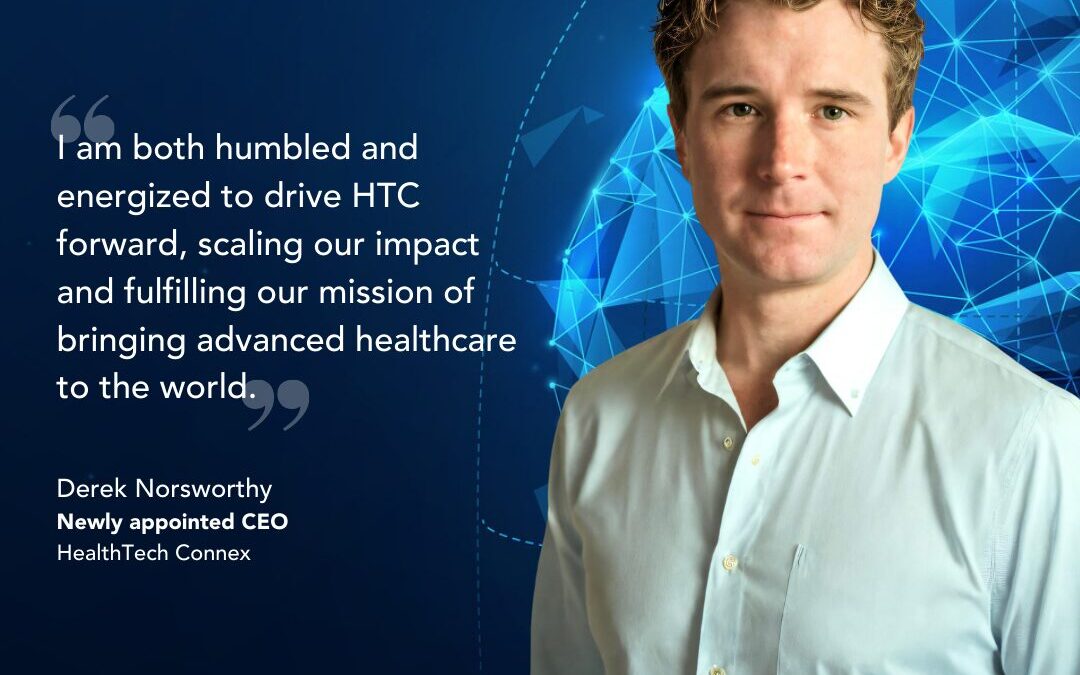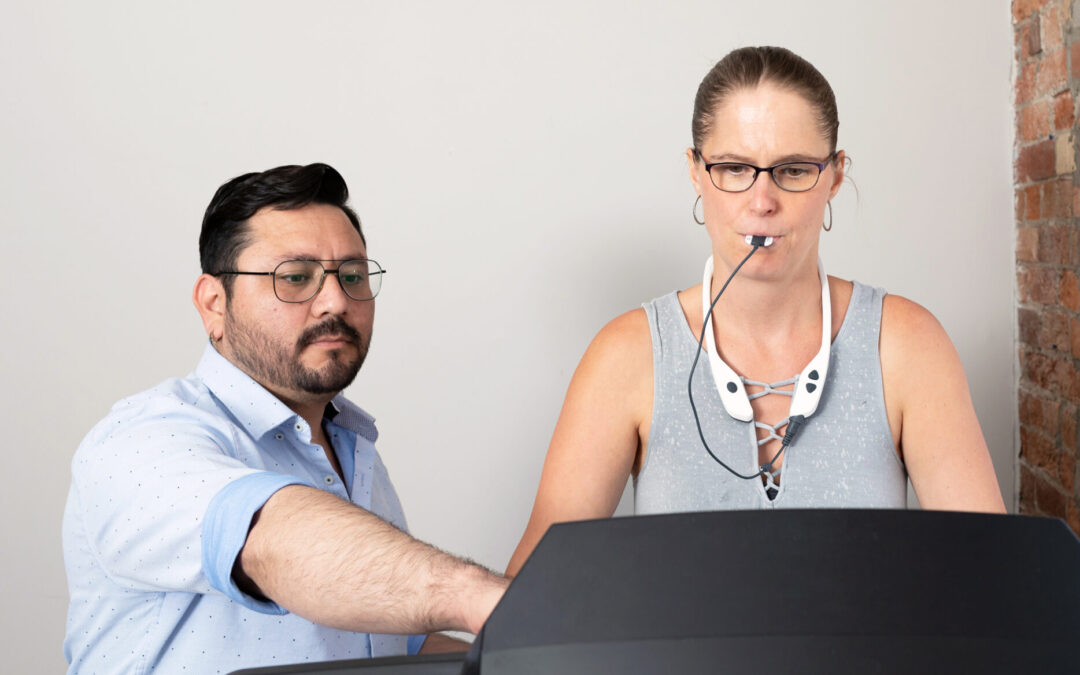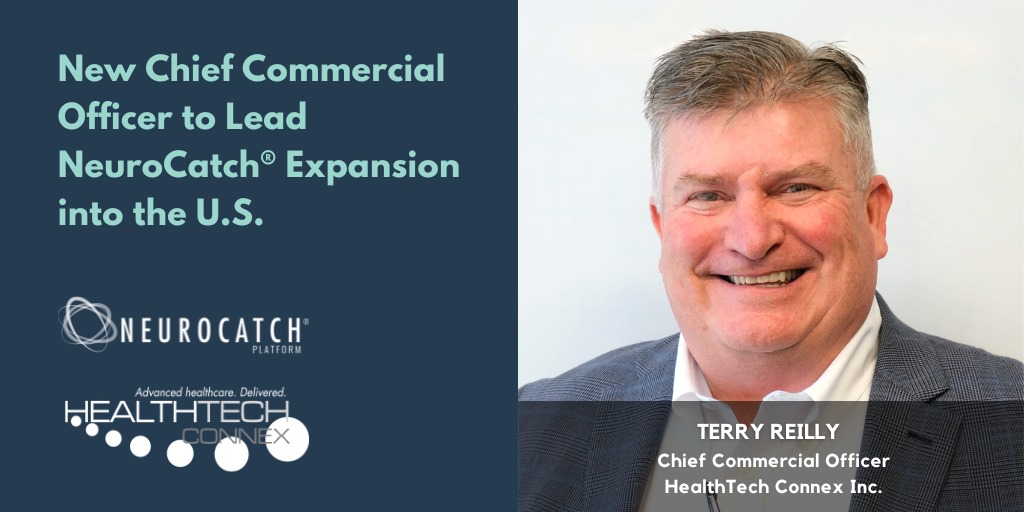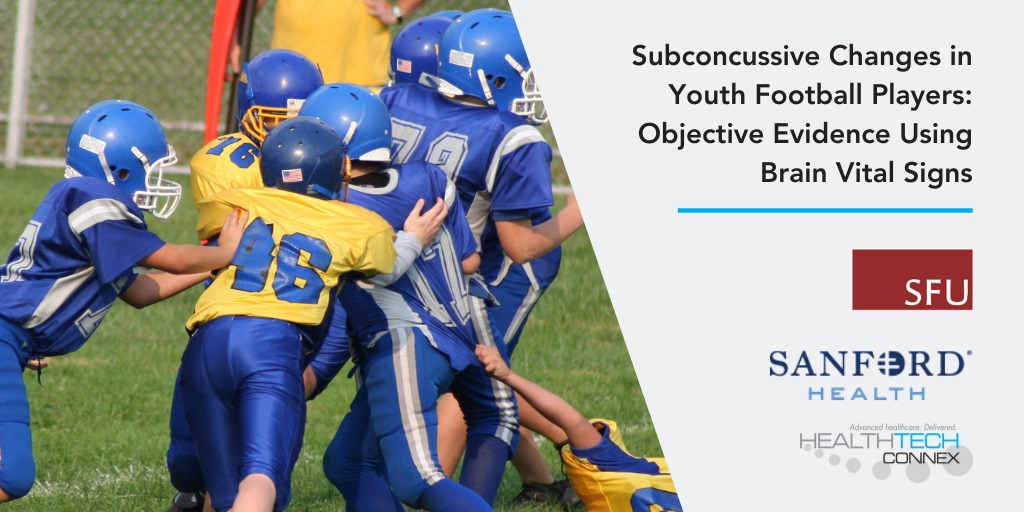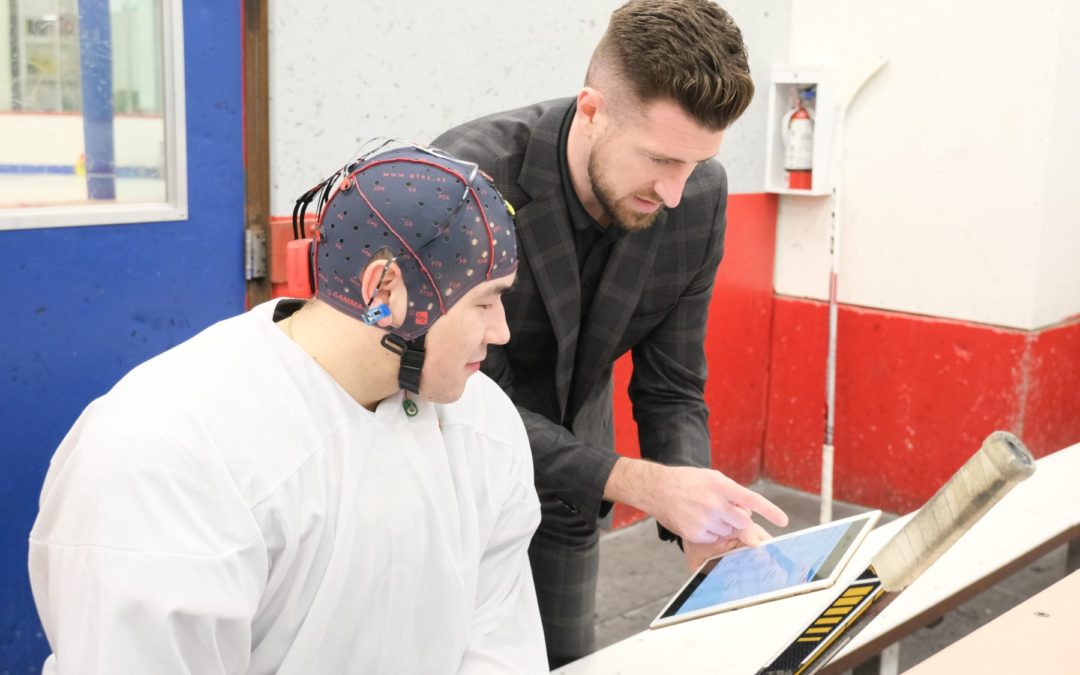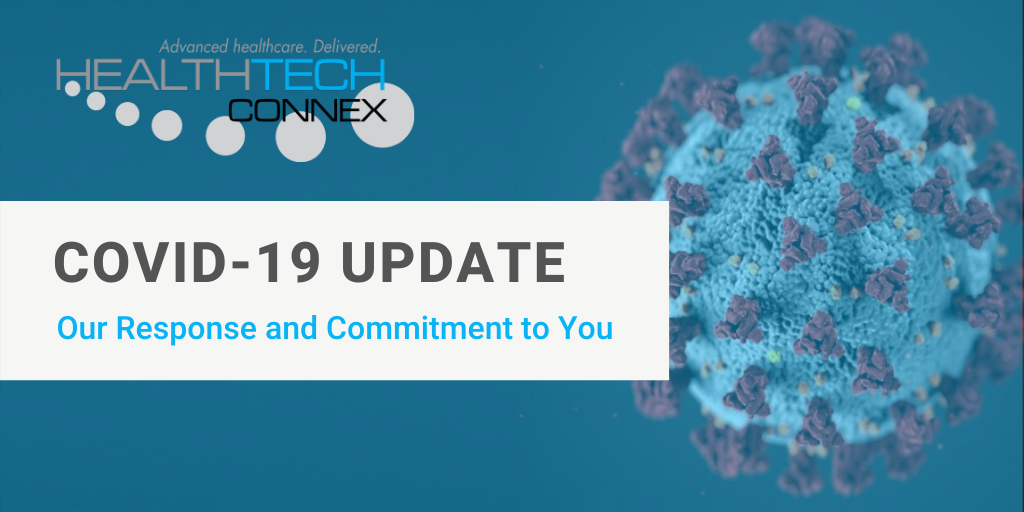The results of this new Brain Communications study showed:
- Significant brain vital sign changes in N100 Auditory sensation and N400 Cognitive processing responses for the pre-to-post season comparison across both groups.
- Differences between the Bantam and Junior A ice hockey players showed more changes in the Junior A group.
- Importantly, the subconcussive changes were significantly correlated with the number of head impacts over the season across both age groups and consequently showed more subconcussive changes in brain vital signs.
A subconcussive impact is a mechanical force transmitted to the brain below the threshold for a diagnosis of an acute concussive injury. The effects of these low-magnitude impacts may not even be noticeable to the player or to observers on the sideline. Head impacts in the sport of ice hockey typically result from player-to-player or player-to-boards contact due to body checking, collisions and fighting[i]. Some of these impacts are the consequence of foul play, but many of these events also result from routine, legal on-ice behavior.
“Concussion in sports is a major concern for many and our research has shown that having an objective physiological measure of brain function at rink-side is key to detection and managing concussive impacts,” says Dr. Aynsley Smith, principal investigator of the study and Associate Professor of Orthopedics at Mayo Clinic in Rochester, Minnesota.
The study, funded in part by USA Hockey, was co-led by Dr. Michael Stuart, Professor of Orthopedics at Mayo Clinic in Rochester, Minnesota. It is also part of a larger concussion research team within Mayo Clinic that includes neurology research leadership from Dr. David Dodick, Professor of Neurology at Mayo Clinic in Phoenix, Arizona, U.S.
Canadian collaborators include neuroscientist Dr. Ryan C. N. D’Arcy, an SFU professor and co-founder of the Health and Technology District in Surrey B.C. and Dr. Shaun Fickling, a biomedical engineer, a recent SFU PhD graduate and lead author of the study.
“Our research has shown that repetitive subconcussive impacts triggered compounding effects in brain function changes, which underscores the importance of shifting our thinking and understanding of concussions as a singular acute-injury model to a spectrum of head-impact exposure and effects over time,” says Dr. Fickling.
The US-Canadian concussion research team is continuing to advance their collaborative effort.
Says Dr. D’Arcy, “In medicine: you can’t treat what you can’t measure. With breakthroughs on measurement challenges, we hope to now accelerate treatment innovations for prevention, acute care and extended care concussion management – for all people across a range of different applications. Our partnership is moving into incredibly exciting future steps – stay tuned.”
The research study was designed and carried out by the Mayo Clinic Sports Medicine Ice Hockey Research team, partially funded by USA Hockey Foundation and the Johannson-Gund Endowment. Financial support was also provided by the Mathematics of Information Technology and Complex Systems (MITACS), Natural Sciences and Engineering Council Canada (NSERC) and the Canadian Institutes for Health Research (CIHR).
About Mayo Clinic
Mayo Clinic is a nonprofit organization committed to innovation in clinical practice, education and research, and providing compassion, expertise and answers to everyone who needs healing. Visit the Mayo Clinic News Network for additional Mayo Clinic news. For information on COVID-19, including Mayo Clinic’s Coronavirus Map tracking tool, which has 14-day forecasting on COVID-19 trends, visit the Mayo Clinic COVID-19 Resource Center.
About Simon Fraser University (SFU)
As Canada’s engaged university, SFU works with communities, organizations and partners to create, share and embrace knowledge that improves life and generates real change. We deliver a world-class education with lifelong value that shapes change-makers, visionaries and problem-solvers. We connect research and innovation to entrepreneurship and industry to deliver sustainable, relevant solutions to today’s problems. With campuses in British Columbia’s three largest cities—Vancouver, Burnaby and Surrey—SFU has eight faculties that deliver 193 undergraduate degree programs and 127 graduate degree programs to more than 37,000 students. The university now boasts more than 165,000 alumni residing in 143 countries. www.sfu.ca
About the Health and Technology District (the DISTRICT)
The Health and Technology District in Surrey, B.C., is a rapidly expanding ecosystem of innovators and entrepreneurs collaborating with tech companies, scientists, educators and health professionals; each representing a range of business, technologies and research fields. The series of high-tech buildings located and under expansion strategically across from Surrey Memorial Hospital, offers a dynamic community where disruptive impacts are generated through the translation of research, science and technology into global innovations. Within this, the current research is a result of the BrainNET initiative to translate neuroscience knowledge directly into clinical advances in care. www.HealthandTechnologyDistrict.com
[i] Smith AM, Farrell KJ, Roberts WO, Moris MR, Stuart MJ. Eliminating Fighting and Head Hits from Hockey: Opportunities and Barriers. Curr Sports Med Rep 2019; 18: 35–40.
-30-
Media contact:
Yvonne Chiang, 604-880-5090, news@chiangpr.ca
